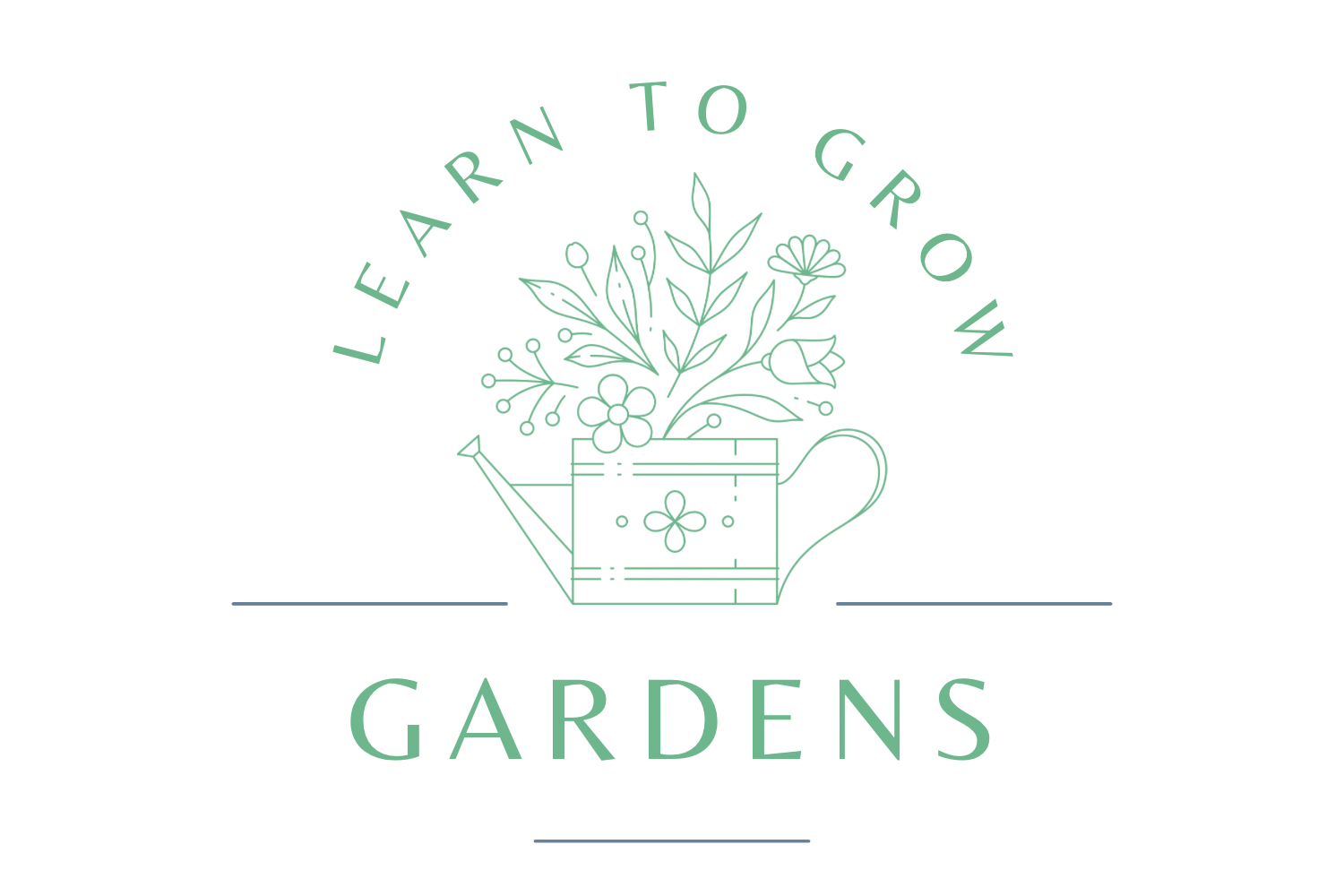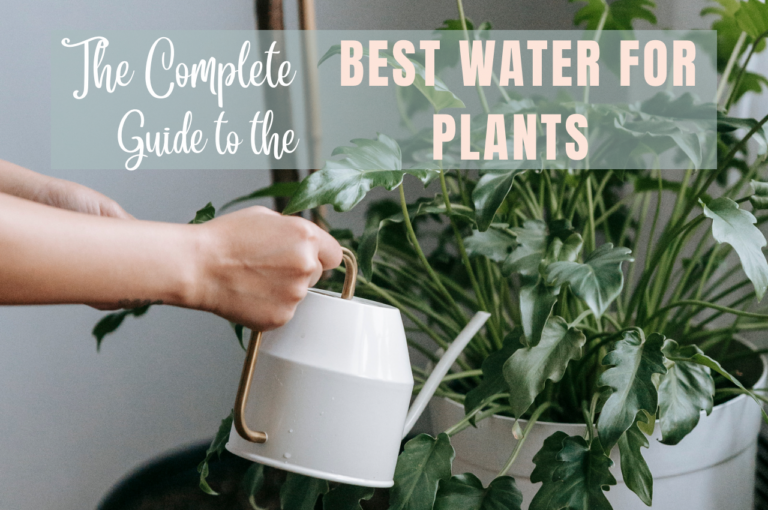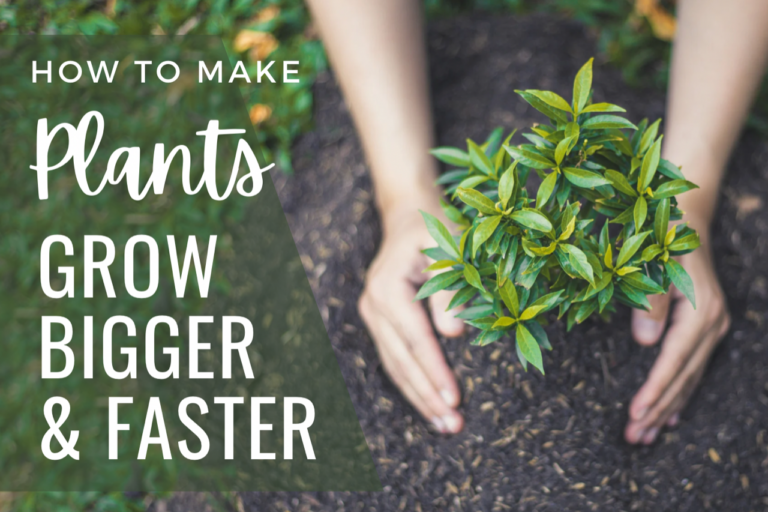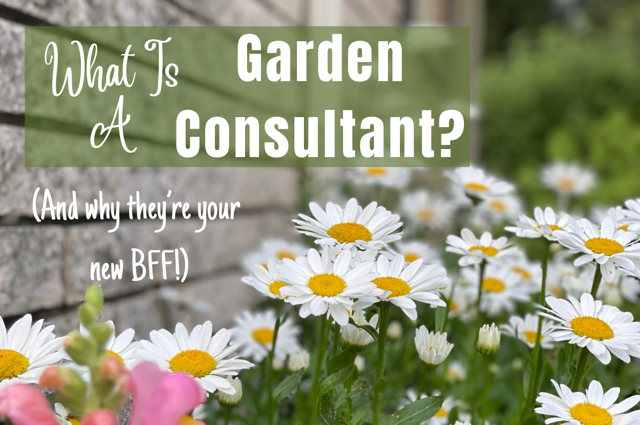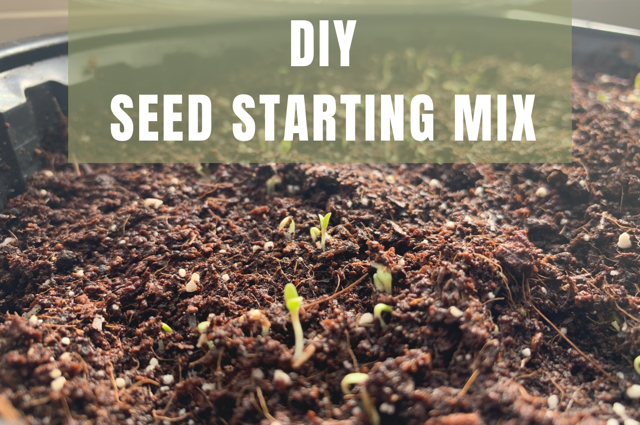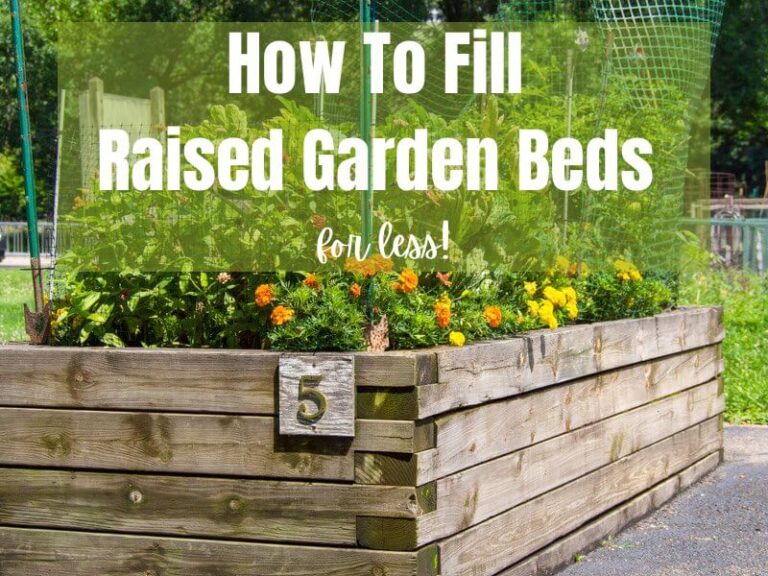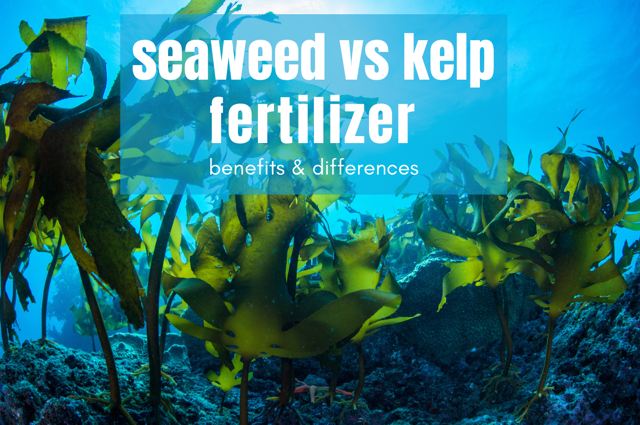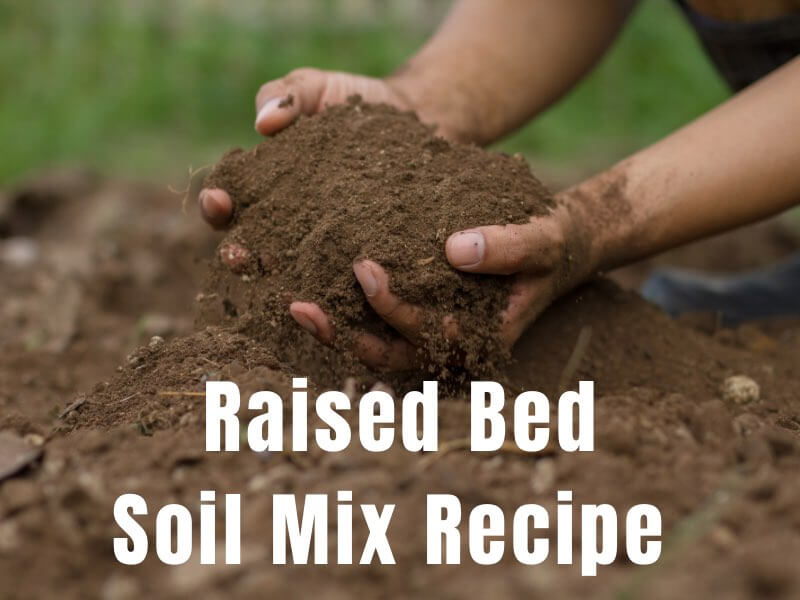
Raised Bed Soil Mix Recipe
It’s no secret that raised beds are great for growing plants. They drain faster, have fewer weeds than in-ground beds, and have a whole list of other benefits, which I go into in more detail in this post.
One of my favorite advantages to growing in raised beds is the use of healthy soil from the very beginning. When planting directly in the ground, the native soil can leave a lot to be desired. It’s often full of weed seeds, lacking in nutrients, and can have issues with drainage. When we plant in raised beds, the soil is nutrient rich, weed free, and drains well.
This, however, depends on the type of soil we start with. While there are many options for filling raised bed gardens, you want to make sure you’re choosing a nutrient rich, well draining blend that’s good for growing plants.
This post may contain affiliate links. You can read my full privacy policy here.
As an Amazon associate, I earn through qualifying purchases.
What makes good soil?
Good soil is made up of several characteristics that create an ideal environment for plants to grow. These characteristics include:
- Good texture. The right texture in soil means that it’s able to allow water to run freely through it, plant roots to spread out and grow, get also hold plants upright, the right mixture of sand, clay, and loam create soil with a good texture.
- Ability to hold moisture, yet drain well. When watering plants, you want the water to run through the soil and drain well to prevent the roots from sitting in soggy soil. Some of that water needs to stick around, though, to keep plants from drying out. Good soil has the right balance of holding moisture yet having good drainage.
- Full of nutrients, especially Nitrogen, Phosphorus and Potassium. Plants need nutrients to grow. Along with macro nutrients, they also need several micro nutrients, such as calcium, magnesium , and sulphur. Good soil has a sufficient level of important macro and micro nutrients.
- Low weed pressure. Another important feature of good soil is low pressure from weeds. Weeds compete for nutrients, and can choke out the plants you do want. Good soil is mostly free of weeds and weed seeds.
- Lots of beneficial microorganisms. Beneficial microorganisms are microscopic organisms that live in the soil. These microorganisms break down organic matter in the soil. They also release nutrients into the soil to be taken up by plant roots, and help control pest and disease populations.
- Full of organic matter. Organic matter, such as compost, adds nutrients to the soil as it breaks down. Over time, organic matter helps improve soil texture and feed beneficial microorganisms.
- No harmful chemicals or toxins. Chemicals and toxins can enter the soil in many ways. Once they’re in the soil, they can cause a lot of damage by destroying populations of beneficial microorganisms and burning up plant roots. Good soil does not contain harmful chemicals or toxins.
When you’re filling your garden beds with soil, you want to use a high-quality blend that meets all of these requirements. Most raised bed bagged soil mixes are not made from quality materials, or they rely on peat moss, which is not a sustainable product.
In this post, I’m going to share with you a raised bed soil recipe for soil that drains well, is full of nutrients and organic matter, free from weeds and toxins, and uses an alternative to peat moss.
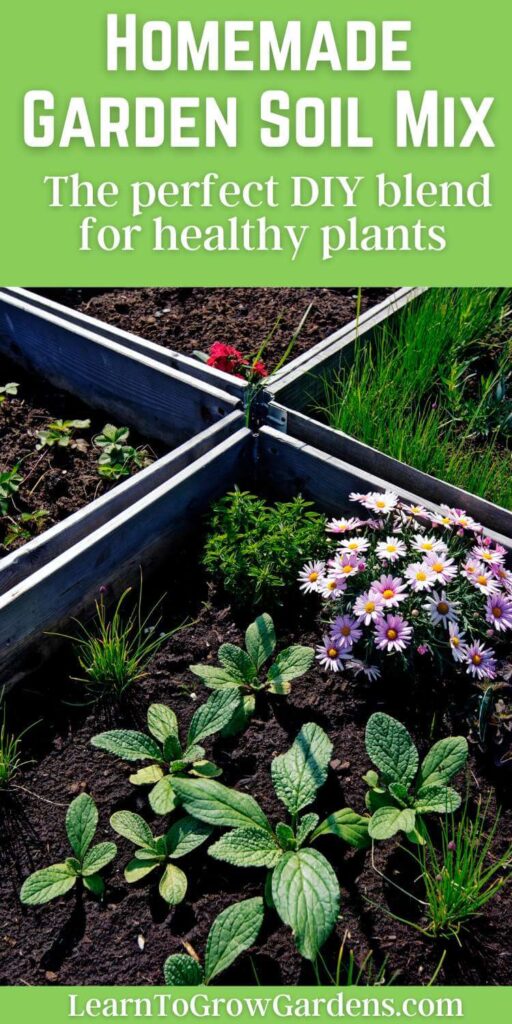
Raised Bed Soil Mix Recipe
Raised bed soil is a balanced mix between your own soil in the ground, and potting soil. To achieve this balance , we start with 3 basic ingredients. I’ve provided a list of amendments below that can be added in addition to the 3 basic ingredients, depending on what you’re looking for.
A note about why I don’t recommend peat moss
A lot of raised bed soil mixes call for the addition of peat moss or coconut coir. Although peat moss is a great addition to soil, and is used in many bagged soils and homemade garden soil mix recipes, it is not a renewable product. Additionally, the harvesting of peat moss from peat bogs is contributing to greenhouse gases. You can read more here.
Although coconut coir is a great alternative, and I recommend for my DIY seed starting mix, it can be expensive in large amounts, such as the amount needed for raised beds. For this reason, I suggest using sand in your mix, as I explain below.
How to make raised raised bed soil mix
Our 3 basic ingredients:
- One part compost
- One part topsoil
- One part coarse sand
Compost
Compost is going to give us organic matter, nutrients, and a good dose of beneficial microorganisms, right from the start. It will also help the soil hold misrule, yet drain well. You can purchase bagged organic compost at garden centers, or use your own compost.
Topsoil
Topsoil is sort of our “filler” ingredient. It’s our base in this mix. Top soil is cheap, and a good starting point, but on its own it lacks nutrients and can be more dense than desired for growing plants.
Coarse sand
Coarse sand helps break up the density of the topsoil and compost. It helps roots spread and grow easier, and the addition of sand with the topsoil and compost helps create a mix that is similar to healthy garden soil. Makes sure you buy coarse sand, and not play sand. It should be near the concrete supplies.
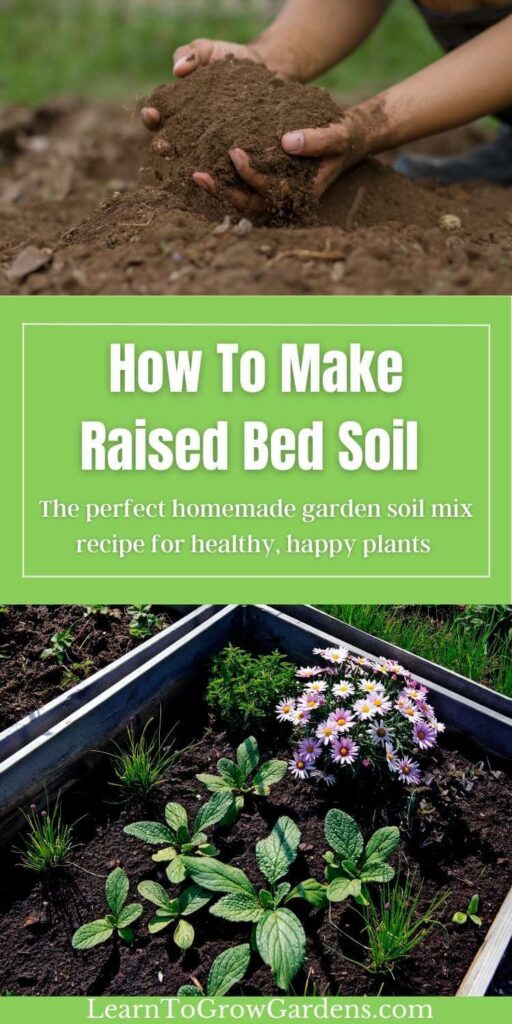
Raised Bed Soil Calculator
Before purchasing your supplies, make sure to calculate the amount of soil you need. There are a handful of calculators on the internet that will do the math for you, such as this one. To do the math on your own, multiply the width by the length by the depth. This will give you the total cubic feet of soil needed. For example, a popular size for a raised bed is 4 feet by 8 feet by 1 foot. Using those measurements, I would multiply 4 x 8 x 1, which would give me a volume of 32 cubic feet. Bags of soil, compost and sand are sold by cubic feet. For a 32 cubic foot raised bed, I would want roughly 10 cubic feet each of topsoil, compost and sand.
How many cubic feet is a 40lb bag of topsoil?
Topsoil is sometimes sold by the pound. My local Lowe’s sells topsoil in 40lb bags. One 40lb bag of topsoil is roughly .75 cubic feet, so I would want 14 bags of topsoil in our example above..
How to make raised bed soil:
1. Calculate how much soil you need, according to the formula above. Pay attention to the size of your bags of topsoil, compost and sand when making calculations
2. Mix together the topsoil, compost, and coarse sand in a large container or wheelbarrow. Alternatively, you can mix them inside your raised bed. Just be sure to mix in layers, and not all at one time. For example, if you’re mixing in 8 bags each of topsoil, compost and sand, add 2-3 bags of each to your bed at a time and mix well before adding more.
3. If desired, add 1-2 cups of an organic fertilizer per cubic foot if soil to give your plants an additional boost of nutrients. I like to use Espoma Organic Biotone Starter Fertilizer in my raised beds.
4. Once your soil is well mixed, add it to your beds. Level it out, and be sure to water thoroughly before planting.
Amending raised bed soil
The raised bed soil mix recipe above is a great starter mix for the average flower and vegetable garden. However, on occasion we may want to amend the soil a bit to suit the needs of our plants. Some plants may need a more acidic soil, such as blueberries, or they may need a drier soil, like rosemary or lavender.
The following are some of the best soil amendments for raised beds:
To create a more nutrient dense soil, add the following:
- 2-inch layer of compost at the end of each growing season
- Worm castings sprinkled around the surface of the bed and lightly scratched in
- Rock dust minerals (read more here at GrowOrganic)
To raise the acidity of your soil (after performing a pH test and confirming the need to raise acidity) add the following:
- Sulfur, such as this product. Apply according to the product label
To lower the acidity of your soil (after performing a pH test and confirming the need to raise acidity) add the following:
- Lime, such as this product. Apply according to the product label
To adjust moisture or drainage in a raised bed
- Perlite: lightweight, holds small amounts of water)
- Worm castings: can hold up to 10x’s their weight in water and helps moisture retention while adding nutrients
- Coconut coir: absorbs water for later use, and loosens soil. Decomposes over time
- Vermiculite: absorbs water and releases it into the soil over time
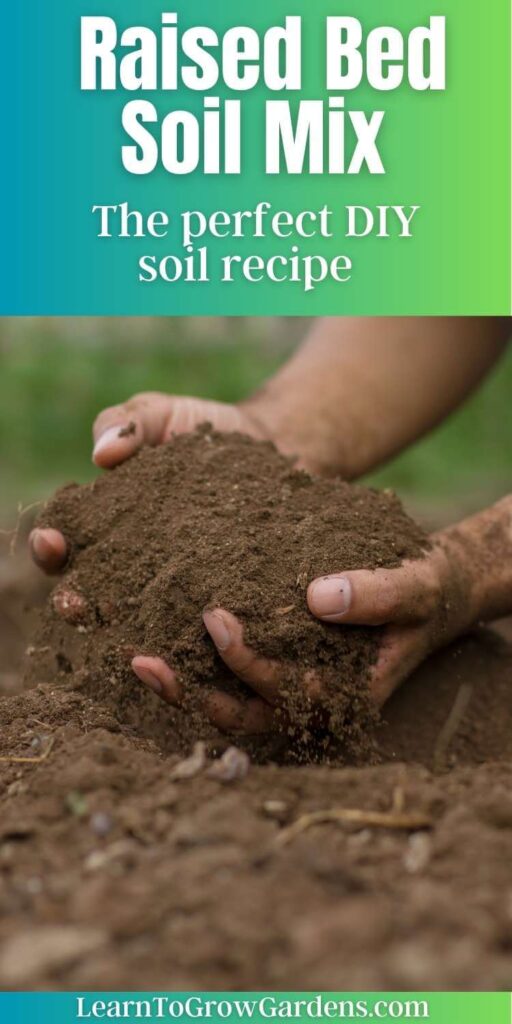
Final Thoughts
Although it can be tempting to grab a few bags of bagged raised bed soil to fill up a new raised garden bed, it’s best to create your own mix. If you’re taking the time, effort and money to install a raised bed garden, you should start with the best soil. A custom mix is the best way to ensure you’re creating the right soil mix for your plants needs.
When first filling raised beds with a custom soil mix, it’s best to start with the basic mix and get a feel for how your plants perform in the soil. After the initial period, feel free to experiment and make it your own!
You may also like:
Frequently Asked Questions
What is the best soil combination for raised beds?
The best soil combination for raised beds is a mixture of topsoil, compost and coarse sand in a 1:1:1 ratio, with one part topsoil, one part compost, and one part sand. Mix thoroughly.
Can I fill a raised bed with just compost?
Although compost is a great soil amendment, it does not create the ideal soil mixture for growing plants. Compost alone can burn young plants and seedlings, and may have issues with drying out too quickly. Compost should be used mixed with topsoil.
Can I fill a raised bed with just topsoil?
Although topsoil seems like a great standalone option for filling a raised bed, it’s not the best choice for the health of your plants. Topsoil can be lacking in many nutrients, organic matter, and beneficial microorganisms. It’s best to mix topsoil with compost when filling a raised bed.
How to fill a raised garden bed cheap?
When filling a raised bed that is 1 foot or deeper, you can add grass clippings, leaves, or old logs to help fill the bed before adding soil. These additions will break down over time. Be sure to add at least 6-8 inches of a raised bed soil mix at the top for your plants to grow.
For a list of over 50 ideas for filling raised garden beds cheaply, be sure to check out this post on filling raised garden beds for less.

Hi, I’m Liz! I’m a Master Gardener, Garden Coach, and Professional gardener. I’m also a mom of 4 who likes to putz around in my garden, growing food and flowers. You can read more about me here.
I started Learn To Grow Gardens as a resource for anyone looking to find more success in the garden. You can find gardening help, inspiration, and community through my Facebook Group, Instagram page, and by joining my email list below.
As an Amazon Associate, I earn from qualifying purchases.
